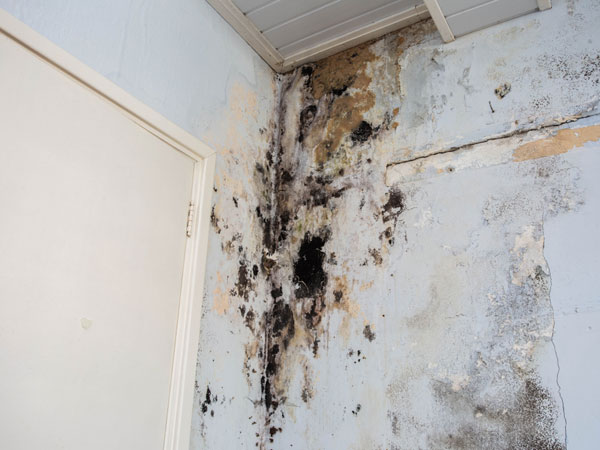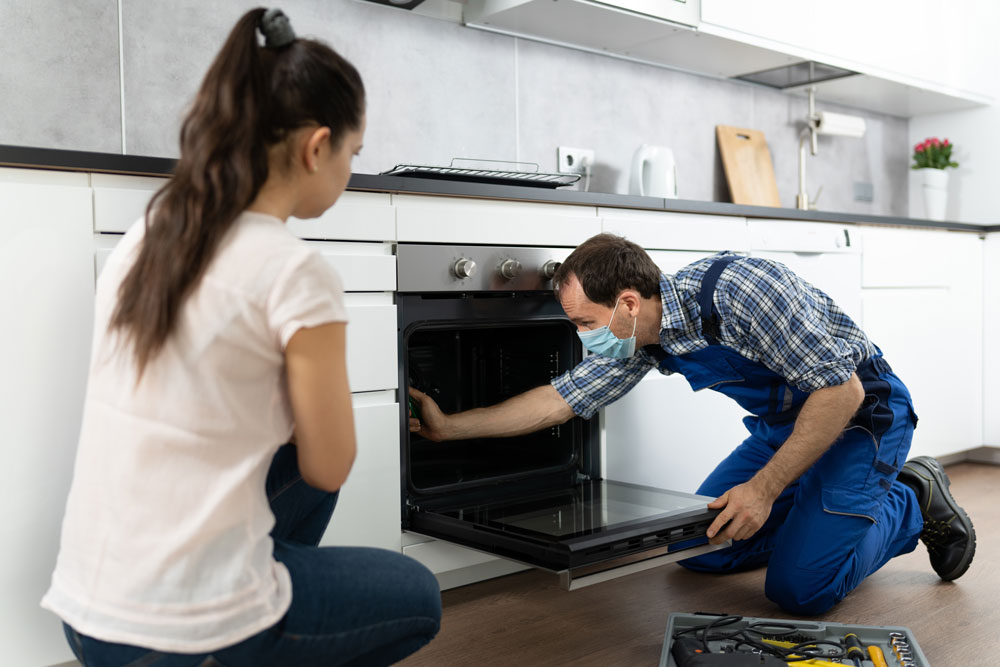Maintaining Plumbing in Rental Properties: Tips and Techniques
Maintaining Plumbing in Rental Properties: Tips and Techniques
Blog Article
The publisher is making a number of great pointers on the subject of 10 Common Rental Property Repairs in general in the content in the next paragraphs.

Managing pipes concerns in rental homes successfully is essential for keeping renter contentment and preserving the building's value. Whether you're a property manager or a residential or commercial property supervisor, recognizing how to attend to these usual problems can save you money and time while ensuring conformity with legal obligations. Right here's a step-by-step overview on just how to handle plumbing problems in rental buildings.
Document Whatever
Keep in-depth documents of all reported pipes issues and the actions taken to solve them. Documents needs to consist of dates, descriptions of the problem, communication with renters, and invoices from specialists or plumbing technicians. This details can be essential for insurance coverage cases, tax obligation reductions, and lawful security.
Usage Qualified Professionals
Constantly utilize accredited and insured specialists for substantial pipes fixings and installments. This ensures that the work depends on code and can aid stay clear of responsibility concerns in case of crashes or more damages. It likewise assures tenants that repairs are being taken care of properly.
Establish Clear Communication
Urge occupants to report any type of plumbing concerns as quickly as they happen. Provide numerous communication channels such as phone, email, or a renter site to make it very easy for them to connect. Trigger reactions to these reports can prevent small issues from intensifying into major troubles.
Enlighten Renters
Educate your tenants concerning what comprises a plumbing emergency and what does not. Give standards on how to handle small problems themselves, such as using a bettor to unclog a toilet. Additionally, notify them about what they need to prevent putting down drains pipes to prevent obstructions, such as grease, coffee premises, and non-biodegradable products.
Regular Upkeep
Execute a routine upkeep schedule for all pipes systems in your leasing properties. Routine checks can assist recognize and resolve problems like leaks, slow-moving drains, or corroded pipes prior to they come to be significant. Consider hiring a professional plumbing to check the buildings annually or semi-annually.
Quick Response to Emergencies
Have a plan in place for responding to plumbing emergencies. This should include having the contact information of dependable plumbing services that offer 24/7 emergency fixings. Quick activity is vital to decrease damages in scenarios like ruptured pipelines or serious leaks.
Preventive Upgrades
Think about upgrading older plumbing systems and fixtures to more modern-day, reliable versions. This can lower the regularity and intensity of plumbing issues and reduced long-lasting maintenance prices. It's additionally a marketing factor for prospective renters who value upgrades and modern-day attributes.
Occupant Move-Out Inspections
Conduct extensive plumbing checks during move-out inspections to make certain that any type of problems are identified and addressed prior to a new tenant relocate. This protects against conflicts with new occupants over pre-existing conditions and ensures the home remains in top problem.
Understand Lawful Obligations
Understand your legal responsibilities concerning pipes and basic property upkeep. Many territories call for proprietors to guarantee their buildings are habitable which all pipes systems remain in good working order. Failing to address significant concerns without delay can result in lawsuits from renters.
Lessee Compensations
If a pipes problem calls for instant focus and the renter resolves the problem by themselves, have a clear policy in place for reimbursing expenses. Make certain tenants know they need to obtain previous authorization for higher-cost repair services unless it's an outright emergency situation.
Final thought
Managing pipes concerns in rental buildings calls for a positive approach and excellent communication with tenants. By remaining on top of maintenance, reacting immediately to emergencies, and making use of qualified specialists, landlords can maintain their homes in excellent problem and maintain excellent connections with tenants.
How to Handle Water Damage in a Rental Property
What is Water Damage?
Water damage is harm or destruction caused by water entering areas where it is not supposed to be. It can be caused by a variety of sources and can manifest in different ways. The most common examples of water damage include:
Leaking roof Plumbing leaks Appliance malfunctions Poor drainage Flooding Sewage backup Condensation Tenant negligence HVAC system issues Frozen pipes Is water damage dangerous?
Water damage itself is not inherently dangerous, but it can lead to various hazards and health risks if not promptly and properly addressed. The severity of these risks depends on the extent of the water damage, the source of the water, and how quickly it is mitigated.
Some potential dangers associated with water damage include structural damage, mold and bacterial growth, electrical hazards, water contamination, and pest infestations. In situations where mold and mildew have gone unaddressed, mold can start to develop within 24-48 hours of water exposure, and this can impose a serious health risk to tenants. In particular, mold spores and damp conditions can lead to respiratory issues and even make existing health problems worse, such as allergies, asthma, or immune disorders.
Water Damage in an Apartment - Who is Responsible?
If the water damage is caused by the tenant’s negligence, the tenant is responsible for the cost of repairs. If the water damage is caused by a defect in the property, the landlord is responsible for the cost of repairs. If the water damage is a result of natural causes, such as excessive rain, then the landlord is responsible, since the water intrusion likely occurred due to a defect in the property. Landlord Responsibility water damage in rental property
Since maintaining habitability is the landlord’s legal responsibility, landlords are responsible for any resulting structural damage caused by water damage. These structural damages may include damage to walls, roofs, ceilings, and flooring. If water damage has affected the rental property’s original structure, the landlord is responsible for repairing or replacing those materials. Therefore, landlords should have property insurance that covers the structural components of their rental property so that they can receive help with the costs of covered events.
Preventative measures can also help landlords avoid massive renovations. Preventative maintenance may include conducting regular inspections to identify and address potential water damage before it becomes a major and urgent problem.
If a landlord fails to meet their responsibilities regarding water damage, it can lead to legal disputes and potential liability. Tenants who believe their landlord is not addressing water damage issues in accordance with California law can seek legal advice or contact local housing authorities for assistance.
https://www.goodlifemgmt.com/blog/water-damage-in-a-rental-property/

I discovered that post on Plumbing Maintenance and Repair in your Rental Property while doing a search on the internet. You should set aside a second to distribute this write-up if you appreciated it. Thank you for your time invested reading it.
Report this page